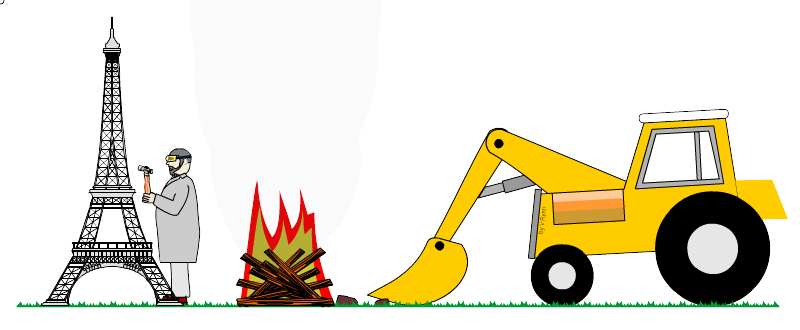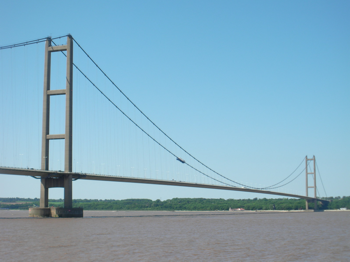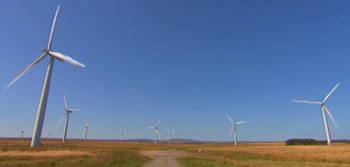| CLICK HERE FOR INDEX PAGE | |
| STRUCTURES AND THE ENVIRONMENT | |
| V. Ryan © 2001 - 2017 | |
 |
|
| PDF FILE - CLICK HERE FOR PRINTABLE WORKSHEET | |
|
There are many man-made structures in the world such as bridges like the Golden Gate Bridge or the Humber Bridge, buildings, towers, houses etc.... When they were built, the engineers needed large amounts of materials.. When the materials were ready for use they had to be transported to the construction site where hundreds of workers with equipment put the structures together.
|
|
| DAMAGE TO THE ENVIRONMENT: | |
|
The environment can be damaged when structures are being built. This can happen in a number of ways: 1. Grass land/farm land is destroyed as the structure is built on top of it. 2. Lorries and trucks are used to transport materials to the building site - these create pollution from exhaust fumes and also noise pollution. 3. The raw materials (iron, stone etc...) used to build the structures have to be taken from places such as quarries and mines and this can damage the landscape. 4. Factories process the raw materials, for example, iron ore is converted to steel in steel mills. This process of converting raw materials into materials that can be used to build structures uses a lot of energy and cause pollution to the atmosphere. 5. The local natural environment is changed to such an extent that the wildlife that once thrived in the area can no longer live or survive there. Can you think of any other ways in that the environment can be damaged when the building of structures takes place ?
|
|
| List as many
large structures as you can.
|
|
| List the
materials required to build these structures and explain where they come
from. For example, steel, stone, concrete etc....
|
|
| Explain how
quarrying/mining the materials, followed by processing of these materials,
affects the environment.
|
|
| How does the
transport of these materials from the quarry/mine/factory to the
construction site affect the environment ?
|
|
|
|
|
| PROTECTION OF THE ENVIRONMENT: | |
|
The building of structures can also benefit the environment and even improve it. Take for example the Humber Bridge, near Hull in Yorkshire. This was once the longest suspension bridge in the world and it spans the River Humber. Before its construction cars and lorries had to make a trip of approximately fifty miles to bypass the River Humber. This meant that thousands of vehicles, every day used up petrol and diesel making this long journey, which created pollution. When the bridge was finished cars and lorries could travel across the bridge, saving thousands of gallons of fuel each year. There was less pollution as a result. |
|
|
The Humber Bridge |
|
|
|
You have probably seen modern windmills which are used to produce electricity from the wind. These are complex structures and are expensive to build as they are composed of materials such as steel and concrete. As you may have read earlier, building structures can damage the environment. However, once a modern 'wind generator' is built it can last for many years producing clean electricity. Electricity that once would have been produced by burning oil or coal which pollutes the atmosphere. |
|
A Wind Farm in Yorkshire, UK |
|
|
Usually building the structure damages the local environment but over the lifetime of the structure and environment can benefit from it. |
|
| 1. Give an
example of a structure and explain how it benefits the environment
|
|
|
2. Describe how you would protect the environment if you were to be in charge of building a bridge across a river.
|
|
|
|
|

